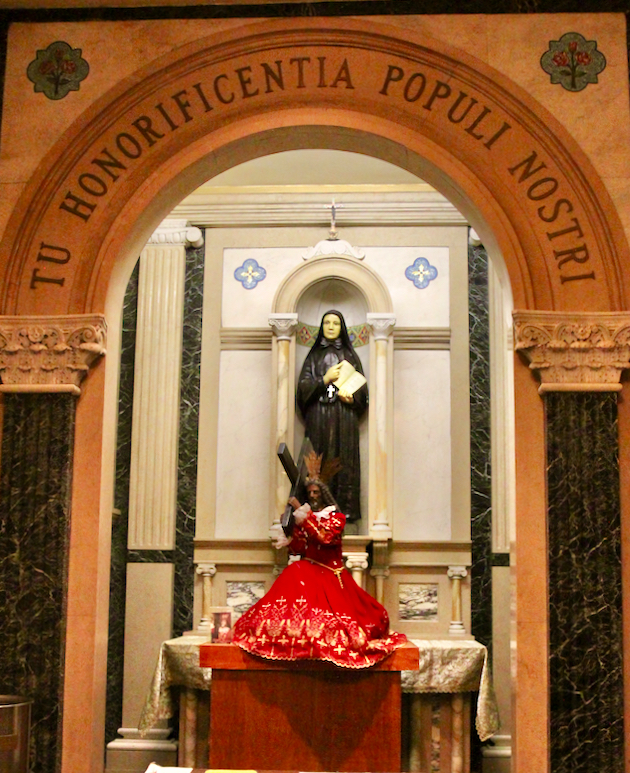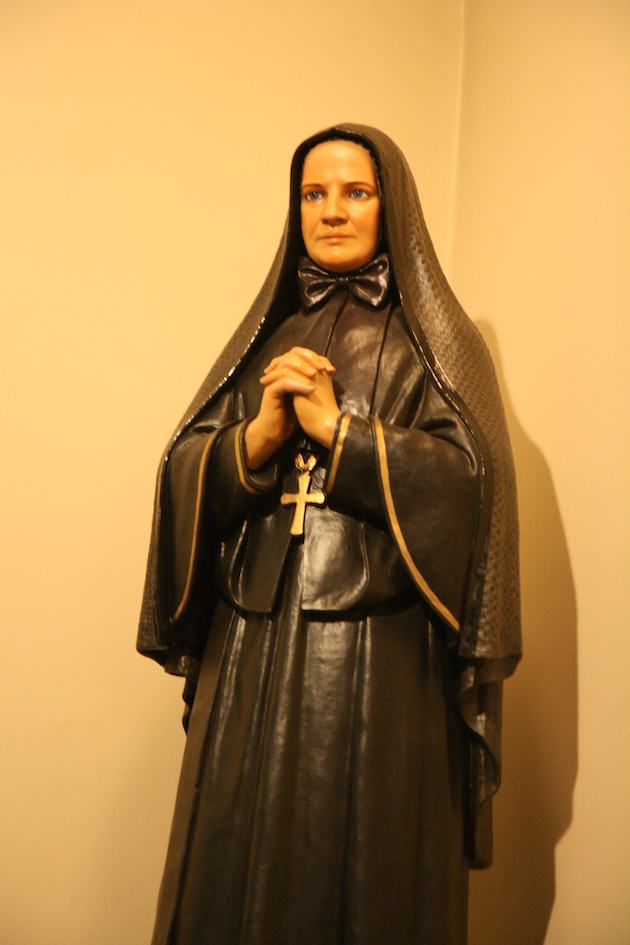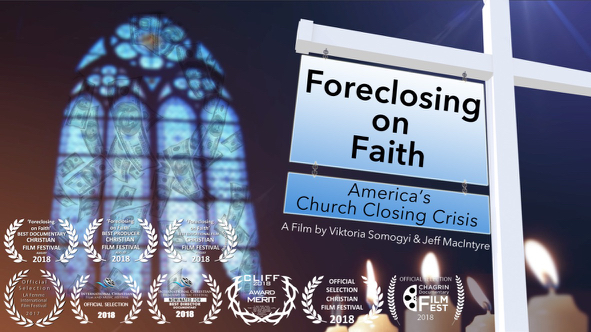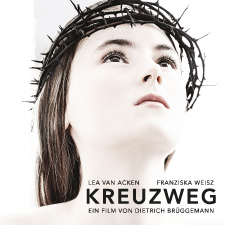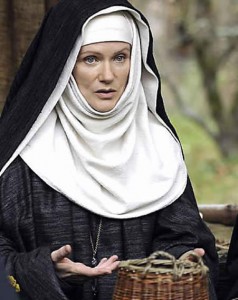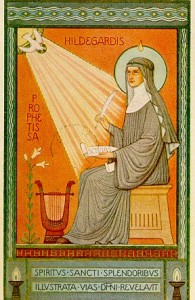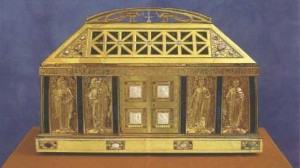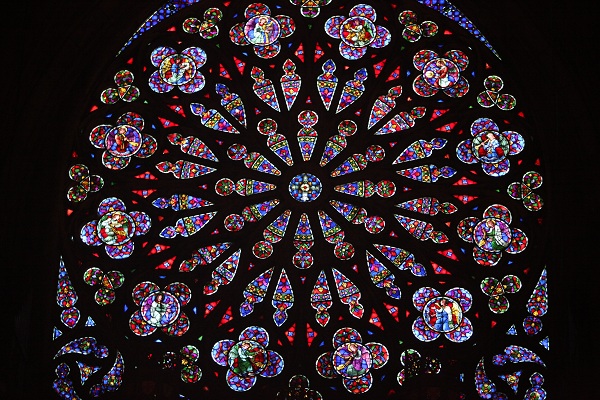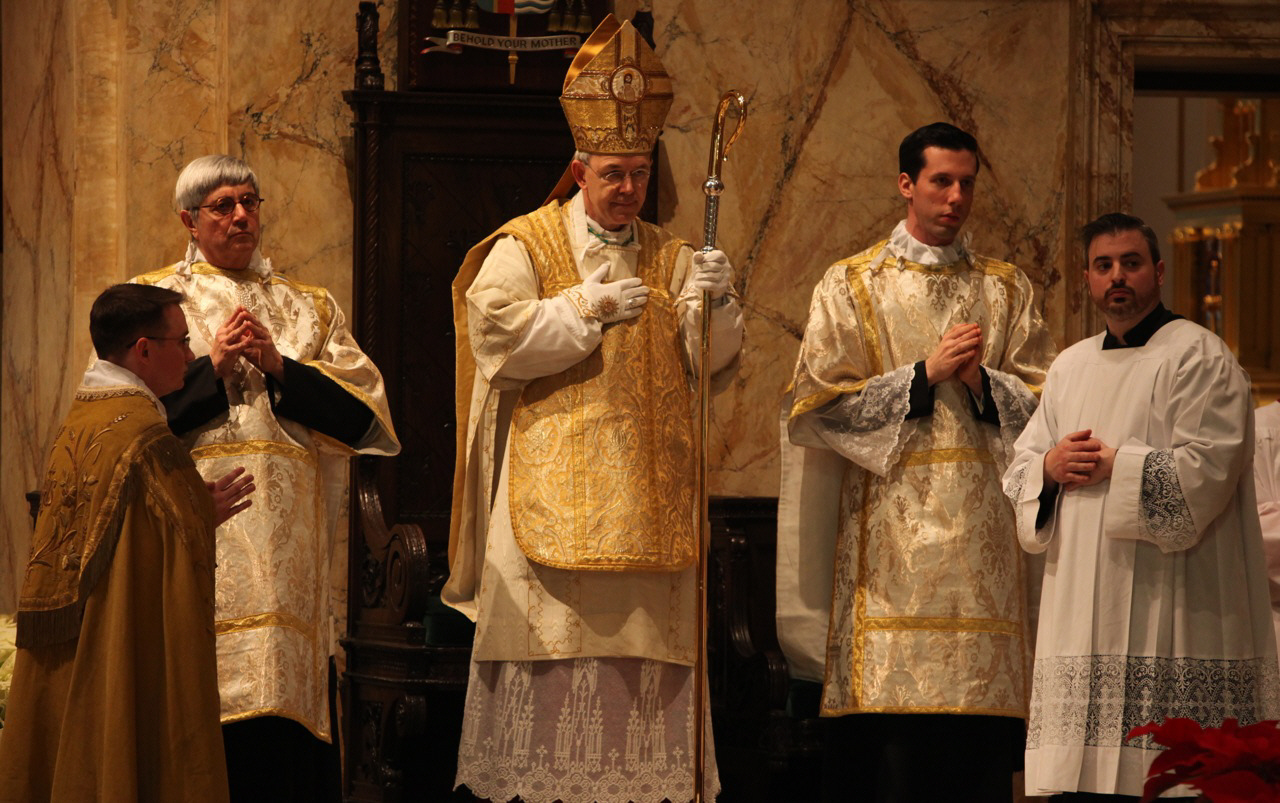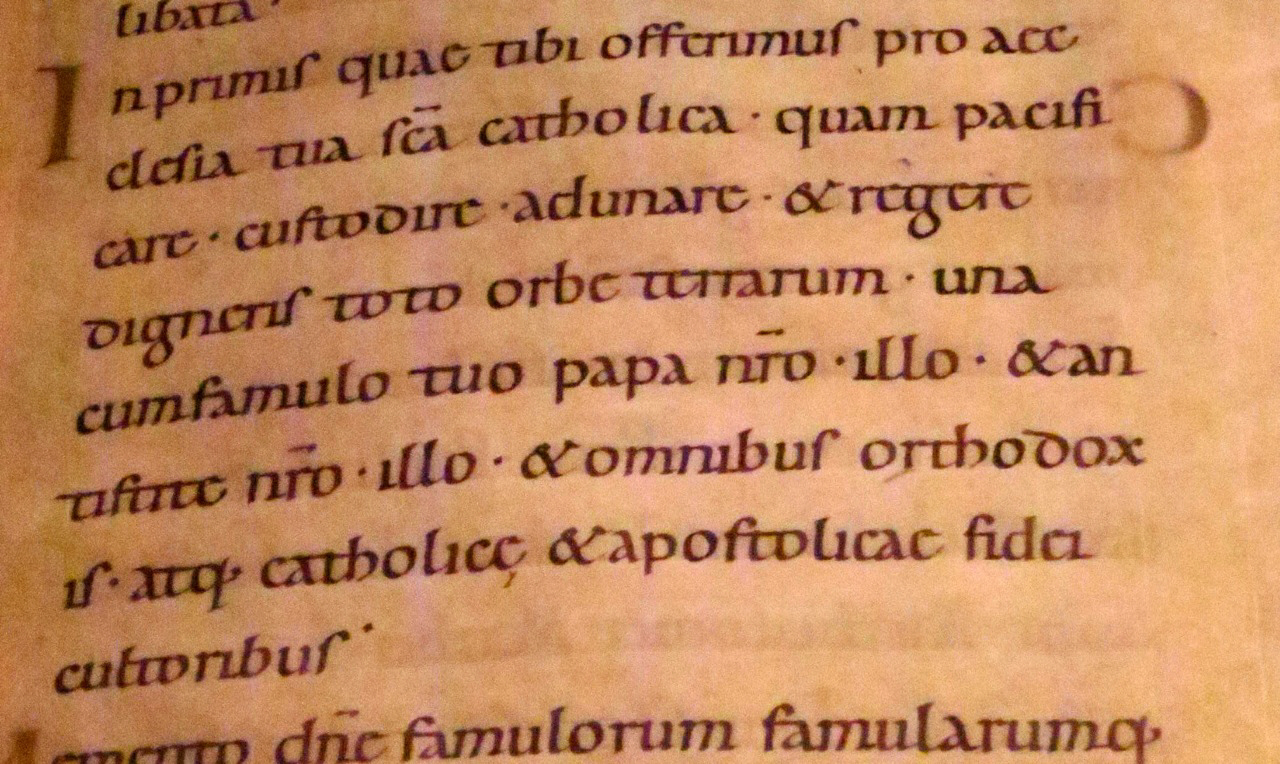Jack Gold, director
Brian Moore, writer
Recently, traditionalists have become aware of a 1973 TV movie Catholics. In the 1970s I read in National Review or Triumph a review of either the movie or the 1972 book upon which it is based. But I only got a chance to see the movie a week ago. I cannot say that Catholics is convincing dramatically. And it’s certainly not a reasoned exploration of the conflict between the traditional mass and the new mass. Rather, the movie depicts various tendencies and tensions within a deeply disturbed organization. It’s clear that Brian Moore, author of the book on which this movie is based and also the scriptwriter, is no great friend of the Catholic Church.
The attention of traditionalists has focused on the prophetic nature of the movie. For today do we not also have a papal persecution of traditionalist Catholics reaching down into the smallest parish? Is not the Vatican issuing documents blatantly contradicting prior teaching, not just that of the ages, but of as recently as two or three years ago? We may not have had Vatican III and IV, mentioned in this film, but we did have John Paul I and II.
Yet we must remember that Catholics, just like George Orwell’s 1984, is primarily describing not a futuristic world but the age in which it appeared. In 1973 the Church had not formally declared that the consecration in the Mass was merely symbolic – but it had empowered a legion of religious who said just that with impunity. It had not openly proclaimed itself a revolutionary organization, but it tolerated, especially in South America, a broad movement which advocated exactly that. The Vatican of Paul VI was still actively seeking to root out the last vestiges of the old liturgical order – such as in England. And the film refers to the great decline in Catholic practice which had already occurred by that time.
Thus, Catholics is powerful witness to the extreme fossilization of the Conciliar Church. As far as the Church establishment is concerned, very little has changed between the age of Paul VI and that of Francis. Indeed, how can there be any change given the Conciliar assumptions of openness to the modern world? Change can only come from further developments in the civil society of the West with which the Church is seeking accommodation. For example, the Church of Catholics is committed to “political” revolution whereas the Church of today is toying with “social” and even “biological” revolution (feminism, LGBT ). Catholics does show the beginnings of this. The leadership of the Catholic Church here sports elegant and very unrevolutionary “business casual” attire more suited to European bars than than the encampments of insurgents.
Clad in such dress, a priest representative of this totally secular Vatican sets forth to squelch the last remnants of traditionalism on a remote island. This visitor cannot relate to the ordinary people he encounters and eventually must reach his destination via helicopter. This new modernist church is contrasted with a strange group of monks on the island. These monks don’t seem to pray very much. On the one occasion they do gather for an ad hoc prayer service they are brusquely sent to their quarters by their abbot. He reminds them that they are not in a contemplative but an active order and should concentrate on doing the manual tasks of the monastery. We learn, moreover, that the abbot lost his faith years ago (in a 1960’s-era “crisis of faith”) and is no resolute defender of tradition at all.
At the end of the day (and of the film), it is the Church establishment that seems to triumph by invoking blind obedience. Having surrendered to the new liturgy, the monks do finally gather for prayer with the abbot but the disturbing face one sees as the film’s final image in no way conveys the impression that a satisfactory spiritual resolution has been attained. The cult of obedience to authority is the only mortar still holding the edifice of the Church together. 1)
It is noteworthy that the dominant dialogue and interactions are entirely between the emissary of Rome and the abbot. The laity and the other monks of the monastery are disregarded and treated as fanatics and fools. Even though some monks pose valid questions regarding the new order these remain hanging in midair, unaddressed. Such as how in religion something can be true one day and the next day be false and even harmful (Ratzinger would later take up this point). I believe this depiction of the contemptuous treatment by the Church of the laity and of the lower ranks of clergy was valid then and now.
Is the confrontation between the abbot and the “new priest” a subtle, perceptive commentary on the 1960s revolution in the Church? Is it suggesting that the old regime had in fact been undermined by hidden unbelief, lack of prayer, concentration on the material aspects of the Church and the cult of obedience? So that when authority proclaimed a new order, resistance crumbled overnight? Perhaps! But one thing Catholics did not get right was the strength of the organized Tradionalist movement, only just getting underway at that time. For it would be led by someone – Archbishop Marcel Lefebvre – who in fact did not set obedience to authority above Catholic tradition and truth.
- Amy Welborn provides a perceptive discussion of Brian Moore’s Catholics. (Obedience:) In the end it was the only card (quoting Brian Moore’s novel); The last refuge, even when none of the arguments make sense – even for the most self-proclaimed open-minded among us.(Amy Welborn) (Charlotte was Both, 9/25/2022 )
For another take on this film see Dr. Peter Kwasniewski’s review at Tradition and Sanity.
